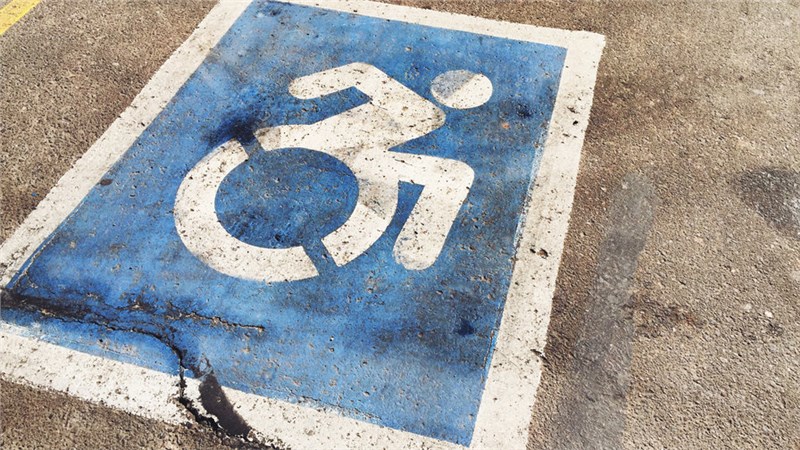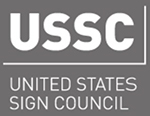by Natalie Shoemaker with big think:
Some disability-access points across America are getting a makeover. The signs no longer feature a stick figure sitting mechanically still, but a dynamic image of a person in motion. This person is leaning forward — engaged and independent.
"An icon, an image, a symbol, can be a really powerful kind of seed for much larger efforts," Sara Hendren, a graduate design student at Harvard, told NPR.
This modification to the original International Symbol of Accessibility symbol is part of a larger initiative called the “Accessible Icon Project,” of which Hendren is the founder. It began as a kind of street art activism that has since transformed into a larger campaign across private establishments, townships, and states. It promotes dialogue about how perceptions are formed through these representations and icons.
“This issue is not about changing a sign. It is about changing expectations,” Stephen Morris wrote in a citizen-led petition to change the sign across Connecticut.

Everyone wants to be seen as capable and independent. That desire doesn't change when someone becomes disabled.
“I think of it as part of me. It doesn't define me. There are days where I hate it and there are days where I don't even think about it,” said Maysoon Zayid, an American actress, comedian, and activist.
However, when it comes to representation in the media, she says, “We're reduced to these snowflake, angel, eternal children and the fact that people with disabilities grow up and that we're functioning members of society and that we're not just here to bleed the system is not something that I see on TV."
The modified symbol has been officially accepted as the new standard in New York. While many see the new design as progressive, not everyone agrees. It has yet to be adopted by the International Organization for Standardization and the American Disabilities Act as the new design standard.
“It makes you think of Paralympic athletes, of wheelchair races and speedy movements,” wrote Barry Gray, chairman of the International Organization for Standardization's committee on graphical symbols. “But the symbol has to work in static situations. Part of its job is to mark wheelchair spaces in public transportation or indicate refuge in emergency situations, as well as lifts and toilets.”
Parvin-Clauss Sign Co. can assist you with ADA approved signage, both interior of exterior. Let us assist you with your next sign project!Tags
Subscribe to Parvin-Clauss's Blog






Comments